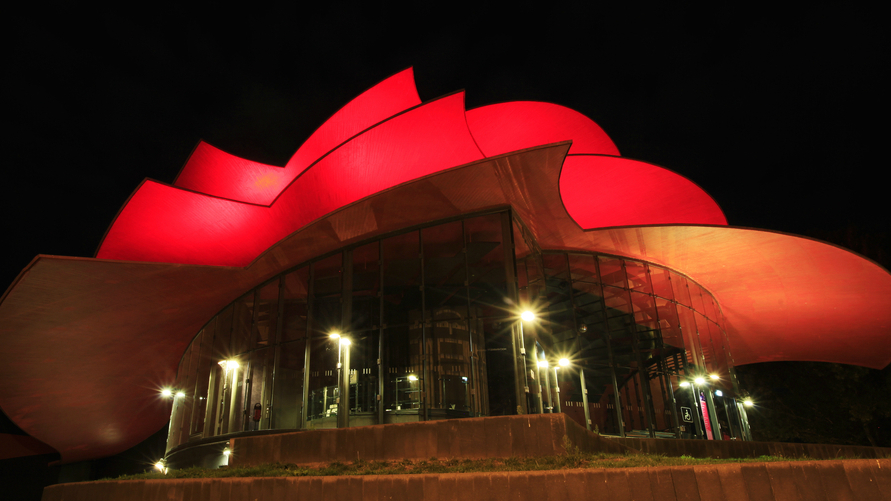The goals of architecture and design vary among different locations and contexts. As architect Marc Kushner explains, designing in the developing world is very different from building houses in the American suburbs. When tasked with reinforcing structures like the favelas of Rio de Janeiro, how far can architects go without threatening the existing vibrancy of the local social ecosystem? In this video, Kushner explains how the Favela Painting Project by Haas and Hahn manages to reinvent the social context with little more than paint.
Kushner’s new TED book is titled The Future of Architecture in 100 Buildings.
Marc Kushner: The way we design houses in different places makes for different solutions. So when you think about a house that's going to be built in, say, suburban Houston, there are different inputs and different requirements than if you're building something in, say, an industrializing nation. Architects have to deal with that and therefore come up with very different solutions for the two inhabitants. When you're dealing with building something in the United States in the suburbs, you're thinking about, "How are we going to create a house that engages with nature? How are we going to create a house that uses less electricity instead of more electricity and that is thermally insulated so we're not bleeding heat all over the place? How are we going to make a happy space without taking up 8,000 square feet, but rather build it in 2,500 square feet?"
So, it really becomes a problem of excess and dealing with excess in the developed world. It's a different equation when you're thinking about the developing world. Frequently there's a history and a tradition of people getting in there and doing it themselves. So when you think about the favelas that grew outside of cities like Rio, that's people realizing we don't have anywhere to live; we're just going to go and start to jerry-rig solutions and occupy spaces that otherwise weren't occupied by the city. That leads to other architectural questions about how do we make those stable so that even though they're jerry-rigged, they're safe in case of storms or earthquakes.
And then how do we take what's this very naturally occurring ecosystem, this social ecosystem really tightly woven interactions in these densely packed places; how do we make sure architecture doesn't destroy that, but rather enhances it? So how do we start to add public spaces to a space that was only built out of necessity? Where do parks go? Where do people go see a show or hang out? And how do you do that safely and economically?
The Favela Painting Project by Haas and Hahn is an amazing example of using just paint to create an entirely different urban context. So the favela is these individual pieces. I built a house; I built a house; I built a house — built without regard for law or for zoning statutes. What Haas and Hahn did is come in and take these individual pieces and turn it into one single, iconic form and they just used paint to do that. That creates a different sense of place, a different icon for the city at large and a sense of pride for the people who live there. You can point to that; you can take pictures of that and say that's mine; that belongs to my community. It's an amazingly innovative project.





